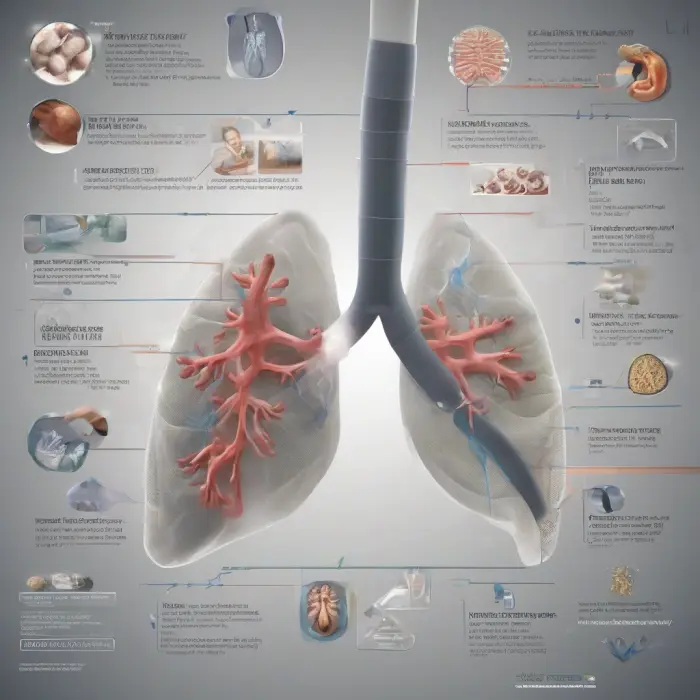The History and Future of Renewable Energy Sources
A Brief History of Renewable Energy Sources
The concept of renewable energy isn't as new as many people might think. In fact, humans have been harnessing the Earth's natural energy sources for thousands of years.
The first uses of renewable energy date back as far as 200 BC, with the Chinese using water wheels to grind grain. Wind energy dates back to 5000 BC when Egyptians used wind power for their boats to travel along the Nile. It wasn't until the 19th century that we began to widely use fossil fuels like coal and oil for our energy needs.
In the late 19th and early 20th centuries, hydroelectric power began to develop, with the first plant being installed in Wisconsin in 1882. This was soon followed by the progress in solar power, when in 1954 the first practical photovoltaic cell was developed at Bell Labs. However, it was not until the 1970s that renewable energy started to gain more attention due to the oil crisis and growing concern over dependency on fossil fuels.
The late 20th and early 21st centuries witnessed a significant shift towards renewable energy. Technological advancements paved the way for more efficient and effective use of renewables in industry, transportation, and domestic use. The introduction of policy incentives and continuous research further stimulated the adoption of renewable energy technologies.
The Current State of Renewable Energy
Fast forward to today, and the landscape of renewable energy is evolving rapidly. According to a report by the International Renewable Energy Agency (IRENA), a third of global power capacity is now based on renewable energy. Wind and solar energy are at the forefront of this energy revolution, with the costs of these technologies continuing to fall, making them increasingly competitive with fossil fuel-based power generation.
The Future of Renewable Energy
Looking ahead, the future of renewable energy sources appears promising. Increasing awareness about global warming and the harmful effects of fossil fuels is propelling the shift towards greener, sustainable energy sources.
One key trend for the future is the decentralization of energy, with more homes and businesses generating their own solar or wind power. Additionally, energy storage is likely to play a major role in the renewable energy sector. The advancement in battery technology is expected to overcome one major hurdle of renewable energy – the intermittency problem.
Moreover, the emerging technologies like hydrogen fuel cells and ocean energy also hold enormous potential. While we're still at the early stage of these technologies, they could soon be a mainstream part of our renewable energy mix.
Furthermore, there will also be a continued focus on the efficiency and sustainability of renewable technologies themselves, as well as their integration within smart energy networks, as part of a wider shift to a low-carbon, digitized economy.
To conclude, while we have seen remarkable progress in renewable energies over the past few decades, the transformation is by no means complete. The future will require even more innovation, investment, and international cooperation to fully realize the vast potential of renewable energy.









